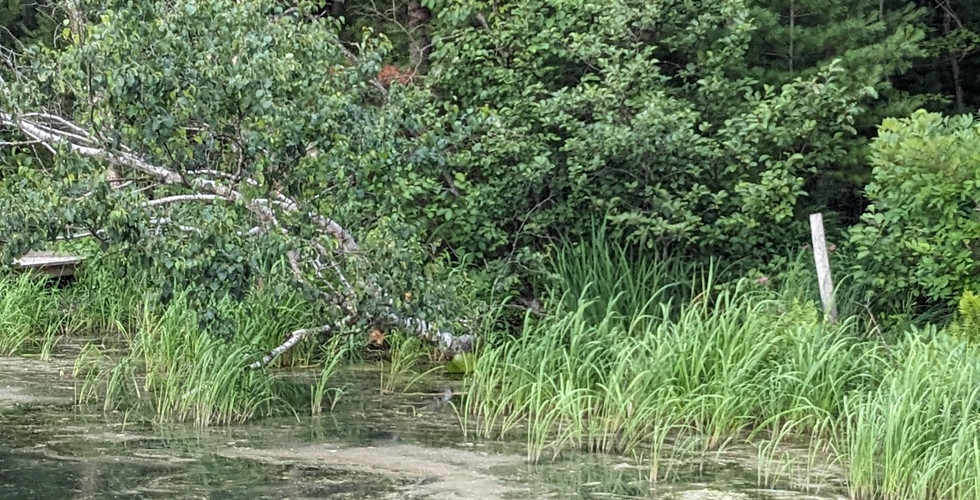WILD RICE Restoration - Upper Chain O'Lakes
- Nov 17, 2023
- 3 min read

Wild rice or Manoomin, as translated from the Ojibwe people, means “good berry” , has provided sustenance to the Ojibwe and Menomonie people throughout the centuries. The Menomonie took their name from manoomin, meaning “the good grain people”.
Wild rice is a crucial part of Native American history; it’s also a crucial part of our northern Wisconsin ecosystem, providing food and habitat for a wide variety of waterfowl, fish, and aquatic organisms.
Wild rice in our area is considered an essential keystone species, supporting biodiversity on our lakes.
And here’s an important point; the growth of NORTHERN WILD RICE (Zizania palustris) is LIMITED in its abundance to northern Wisconsin, eastern Minnesota and adjacent parts of Canada.
This makes our area unique, and it’s up to us to be its global stewards or it will be lost.

Luckily, we have GOOD STEWARDS watching out for this vital grain along the upper Chain O’Lakes.
In the fall of 2022, Friends of Hartman Creek State Park and a few adjoining property owners purchased native wild rice seeds. Following the advice received from University of Wisconsin biologists, they scattered seed around 32 vital locations on the upper Chain O’Lakes. In the fall of 2023, Waupaca Chain O'Lakes Association (WCOLA) donated additional funds, and seeds were again scattered along the shorelines.
What is wild rice and why is it in danger on the upper Chain O'Lakes?
Wild rice is an ecologically critical annual grain; it isn't actually a rice, but an aquatic grass with a very nutritious edible grain seed.
It grows in gently moving, shallow (0.5 to 3 feet) water. Because it is an annual plant, it needs to reseed itself from previous years' growth. If there are no seeds, there will be no wild rice.
There are 5 growth states:
1. December – May seeds sprout on the lake bottom
2. May – June “floating stage” you can see the leaves floating on the surface.
3. June – July grain heads emerge on the surface of the lake and straighten
4. August - September peak growth - tall and willowy
5. October – December the plant will lay flat across the water and seeds will spill
onto the lake bed as it reseeds itself.
What is causing the decline? Climate change is causing water levels to rise and fungal diseases to spread. Also causing declines are yard fertilizers (and run-off), boaters unknowingly disrupting root systems during critical spring growing seasons, increases in shoreline development, an influx of geese and swans and invasive plant species like non-native cattails and purple loosestrife.
Again, we we'd like to THANK Friends of Hartman Creek State Park for their stewardship! We are VERY grateful for your efforts.
Below are slideshows of their efforts - be sure to click on the arrows to see all pictures!
October 2022 - Spreading wild rice seeds for spring 2023 growth
July 2023 - New wild rice grows along the shores
September 2023 - Wild Rice begins to lean and lay flat across the water
November 2023 - reseeding the wild rice in areas that didn't flourish
The link below shows us how the Ojibwe and Menomonie people harvest wild rice.
If you find this information helpful click here to SUBSCRIBE to receive future posts
It only takes an e-mail address.
Waupaca Chain O'Lakes Association
Stewardship and Resources Committee
Chair(s): Julie Mazzoleni, Fawn Johnson


























